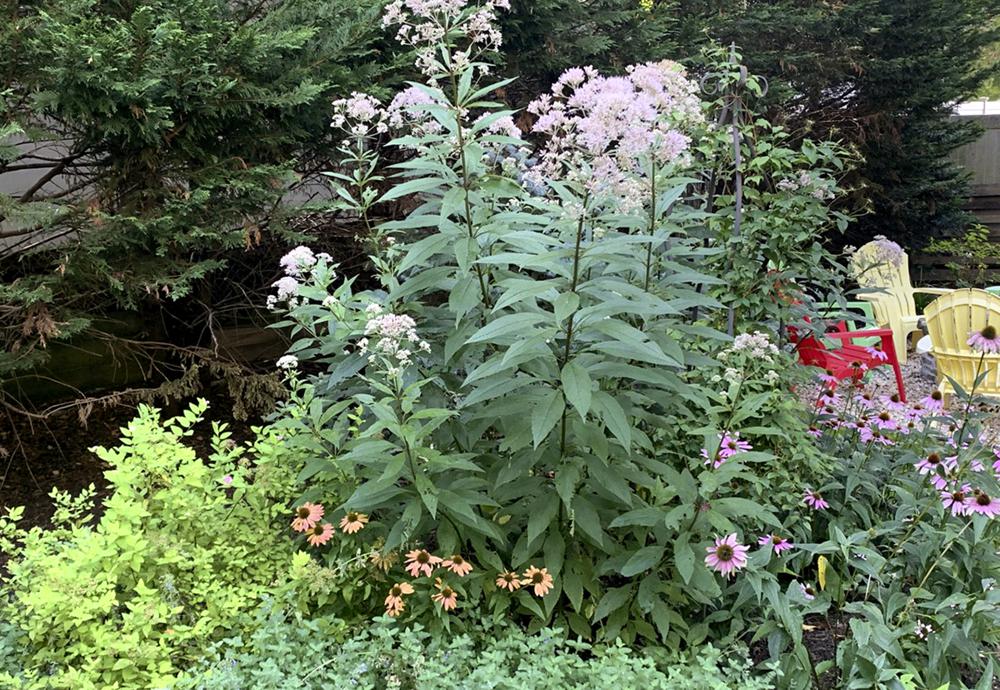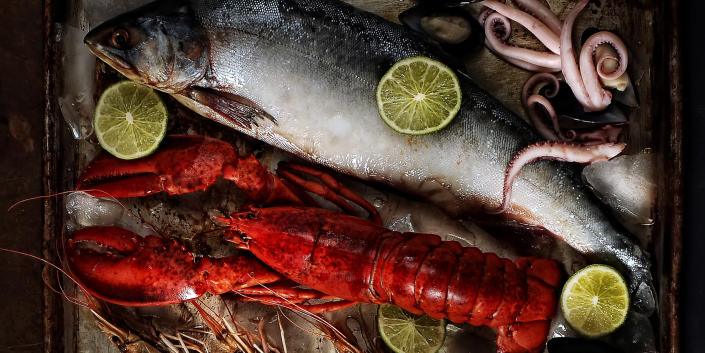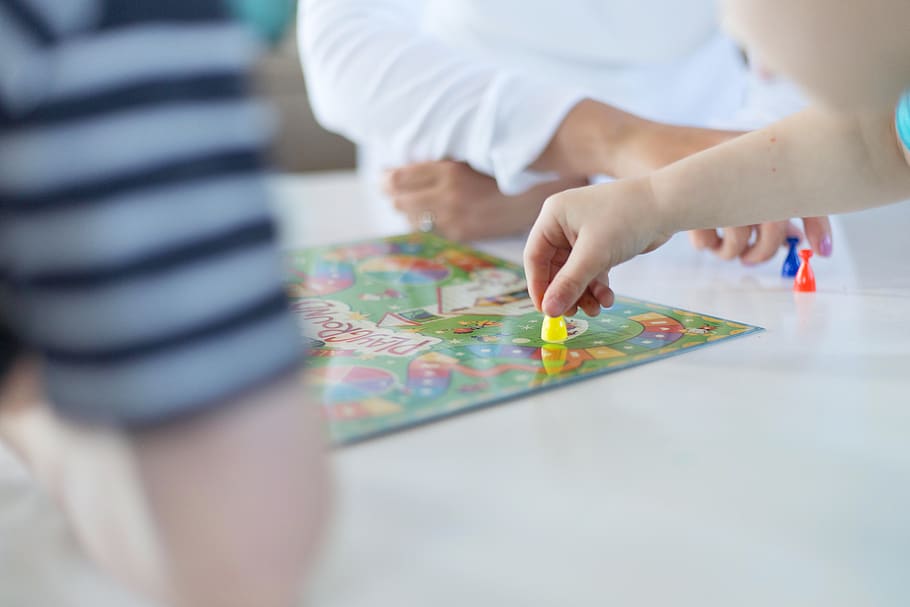
As home gardeners learn more about the role of native plants in the ecosystem and their importance to pollinators, wildlife and people, many are turning to “rewilding”. This term refers to an approach to landscaping that relies on the use of native plants to sustain insects, bees, birds and butterflies.
In embracing this movement, these gardeners are culling their lawns, replacing exotic species with native plants, forgoing fall cleanup to preserve food and shelter for overwintering birds and insects, and converting their property into habitat.
Others, however, fear what they fear could be a “cluttered” landscape and are intimidated by the work and potential cost of a complete garden renovation. People living in communities managed by homeowner associations often face the demands of a well-maintained lawn and the limitations of plant selection.
The good news is that embracing native plants doesn’t have to be an all-or-nothing proposition. It is possible to incorporate natives into a traditional garden without a complete renovation.
Using a native potted plant that feeds one pollinator will make a difference. Of course, the more the merrier, but including some natives alongside traditional garden plants – either in containers or in the ground – will create a more sustainable mixed garden that attracts beneficial insects. One benefit: Native plants are usually drought tolerant.
If replacing an entire lawn with grass or even native groundcovers sounds daunting, consider scaling it back. Install new beds and borders around its perimeter or center – or expand existing ones – and fill them with native plants from your area. You’ll get the buzz of bees and the flutter of butterflies, as well as fewer chores and expenses for mowing, weeding, watering and fertilizing.
Your flowering plants, fruits and vegetables will bloom better with the help of your garden’s newest residents.
Sowing native wildflowers is ideal, but if you or your neighbors don’t like the aesthetics of grass, consider keeping a small patch of neatly manicured lawn. It will define your planting and keep your garden looking great.
A few years ago, I began a gradual transformation in my garden outside of New York City. I minimized the lawn and mulched it with clover, which attracts pollinators, holds nitrogen in the soil (free fertilizer!) ), and withstands my dog’s “visits” better than lawn grass.
While I kept my beloved hydrangeas, roses and lilacs, the only new plants I bring home these days are natives. After only a few years, the natives in my garden have outnumbered the exotics. This ratio will continue to grow as my love for the old garden diminishes and is replaced by plants that belong here.
Along the way, I discovered beautiful flowering perennials such as Jacob’s ladder (Polemonium caeruleum), turtle (Celone obliqua) and buttonbush (Cephalanthus occidentalis), all of which provide nectar for pollinators. I planted the roses with native gay feather (Liatris spicata), bee scent (Monarda didyma) and milkweed (Asclepias), which are the only food source for monarch butterfly caterpillars.
I’ve always loved black-eyed Susan (Rudbeckia hirta), echinacea (Echinacea purpurea), fennel hyssop (Agastache) and Joe Pye weed (Eutrochium purpureum). They are all natives of my area, although to be honest, I didn’t know or consider this when I first brought them home decades ago.
I have annuals in my containers, and yes, native coral bells (Heuchera Americana), New England asters (Symphyotrichum novae-angliae), and blue mistletoe (Conoclinium coelestinum).
Fall leaves are still raked, but instead of being packed away at the curb, they are pushed into the garden beds as winter mulch and hiding places for beneficial insects.
I am gradually working on replacing the monkey grass (Liriope muscari) with the native sedge (Carex pensylvanica) in my area, which would also make a lovely lawn substitute.
I expect the transition will take a few more years to complete, but it’s another step in the right direction. In gardening, just like in life, we strive for progress – not perfection.



